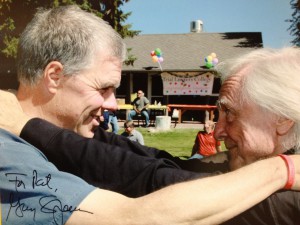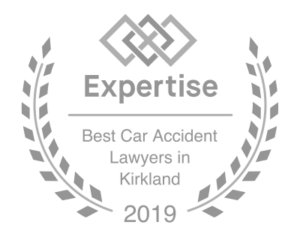 Today we start a New Year-my first full year as a lawyer, John Henry talks about habits of a quality lawyer. Habits to develop and stay with through my legal career. The habits center around the concept “Do It Yourself.”
Today we start a New Year-my first full year as a lawyer, John Henry talks about habits of a quality lawyer. Habits to develop and stay with through my legal career. The habits center around the concept “Do It Yourself.”
The Great Artist. John Henry begins by telling me a story about a William Cumming art exhibit he attended several years ago where Mr. Cumming spoke in the afternoon. When Mr. Cumming took questions a young man asked him if art school teaches a person how to be an artist. William Cumming looked at the young man in silence for several seconds and then said an artist is an artist and does not need to be taught how to be an artist by an art instructor. John Henry says the same is true of a quality lawyer.
Do the Research. John Henry uses the original case/statutory authority for his legal analysis. He shies away from secondary authority such as ALR or CJS. He teaches me to arrive at my own arguments given the story of my case and original legal sources. Like an artist we write from the heart. We do not rely on a another lawyer’s brief or on secondary authority.
One With Client. John Henry teaches to bound with our client. My client meets with me when we sign the case. I listen to my client tell her story. I have my client speak in the present tense and show and tell me what happened. This allows me to see as close to first hand how my client is impacted. I go to my client’s home and spend time with her to get into her skin to understand her injury. My client and I answer interrogatories together. My client and I prepare for her deposition together. We do this by discussing the elements of the case and telling the story in a clear compelling way.
Believe in Myself. John Henry says the key is to believe in myself every step of the way. Like William Cumming I am an artist in the law. When I know the facts inside and out, have my client’s story internalized, and feel similar emotions to my client I am ready to trust myself. No one can show me how to try the case, and this is why I am a legal artist.
Post Footer automatically generated by Add Post Footer Plugin for wordpress.


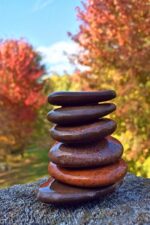 The first step is “a loosening of the body, without which” nothing can be properly done. This “physical loosening must … be continued in a mental and spiritual loosening, so as to make the mind not only agile, but free; agile because of its freedom, and free because of its original agility; and this original agility is essentially different from everything that is usually understood by mental agility.
The first step is “a loosening of the body, without which” nothing can be properly done. This “physical loosening must … be continued in a mental and spiritual loosening, so as to make the mind not only agile, but free; agile because of its freedom, and free because of its original agility; and this original agility is essentially different from everything that is usually understood by mental agility. There is nothing more generous than a person who sees the relation of the world with God “in all troubles and the most likely of dangers.” It may be a matter of facing death, marching into the unknown, or working like a slave. In all such things the person finds the fullness of his relationship with God engulfing him instantly.
There is nothing more generous than a person who sees the relation of the world with God “in all troubles and the most likely of dangers.” It may be a matter of facing death, marching into the unknown, or working like a slave. In all such things the person finds the fullness of his relationship with God engulfing him instantly. “The collective name for the ripe fruits of religion in a character is
“The collective name for the ripe fruits of religion in a character is 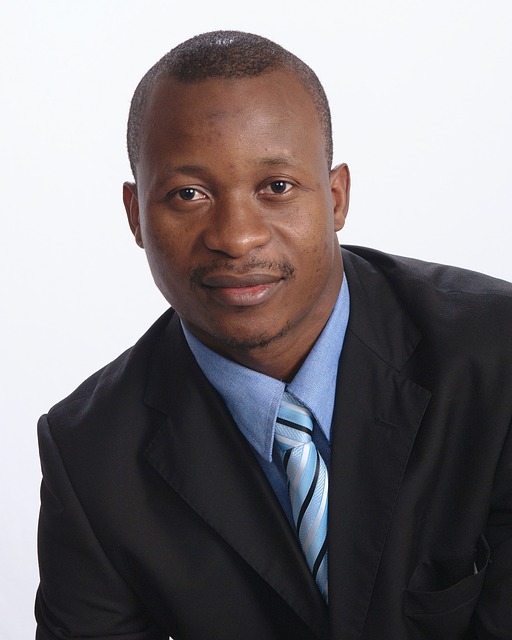 Today John Henry talks to me about “professionalism.” He begins by telling me I will soon develop a reputation among lawyers, judges, court clerks and bailiffs, court reporters and people in the community. He tells me my reputation the long run is all I have. John Henry makes a big deal about “professionalism.” He tells me I must practice law at my highest level at all times. He tells me I must look like a professional, speak like a professional, write like a professional and be a professional.
Today John Henry talks to me about “professionalism.” He begins by telling me I will soon develop a reputation among lawyers, judges, court clerks and bailiffs, court reporters and people in the community. He tells me my reputation the long run is all I have. John Henry makes a big deal about “professionalism.” He tells me I must practice law at my highest level at all times. He tells me I must look like a professional, speak like a professional, write like a professional and be a professional.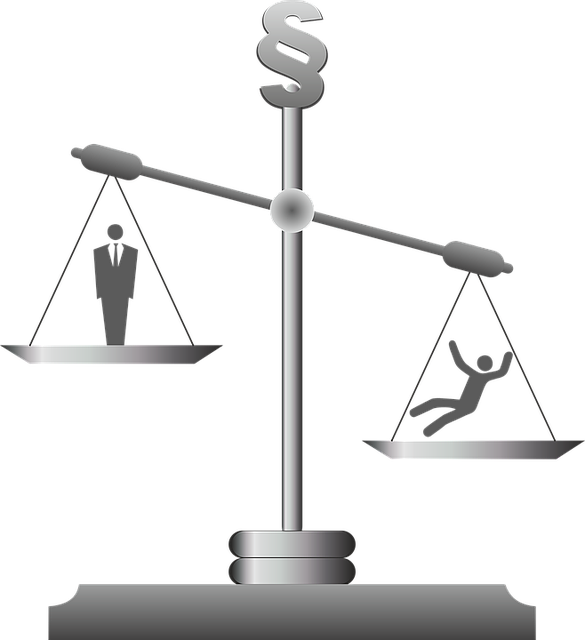 Just lost a “MIST” case. For those who do not know a “MIST” case is what we call an automobile collision case with little or no visible damage to the colliding cars and injuries to plaintiff that cannot be seen. Examples include injuries to soft tissue- thus,
Just lost a “MIST” case. For those who do not know a “MIST” case is what we call an automobile collision case with little or no visible damage to the colliding cars and injuries to plaintiff that cannot be seen. Examples include injuries to soft tissue- thus, 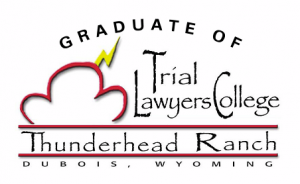 This post gives my take on Trial Lawyers College (TLC) where I attended and graduated in the class of July 2012:
This post gives my take on Trial Lawyers College (TLC) where I attended and graduated in the class of July 2012: There is only one of us. We are different than anyone else. No other person has our looks, our voice and experiences from birth. This means no other person sees the world in the same way we see the world. This means we are able to offer a perspective that is unique to us and unique to the world.
There is only one of us. We are different than anyone else. No other person has our looks, our voice and experiences from birth. This means no other person sees the world in the same way we see the world. This means we are able to offer a perspective that is unique to us and unique to the world.